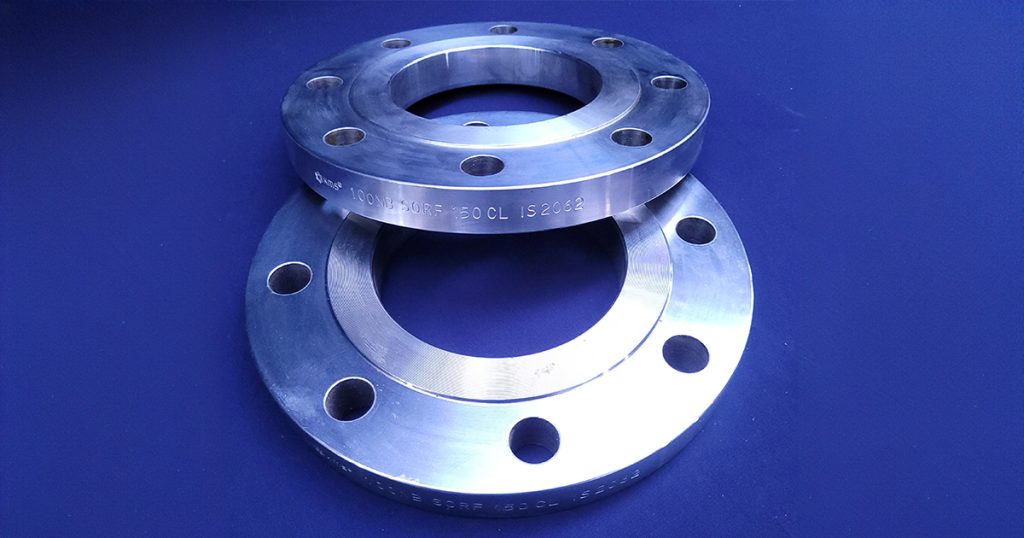In piping systems, selecting the right flange is important to make sure the systems are efficient, cost-effective, and reliable. There are many types of flanges available in the market that you can choose from. But Lap joint flanges stand out for their flexibility and ease of maintenance.
If your piping systems require frequency assembly and disassembly, a lap joint flange is a must-have. In this blog, we will discuss lap joint flanges, their benefits, and how it compare to other types of flanges.
So, lets start with what are lap joint flanges.
What are lap joint flanges?

Lap joint flanges usually have two key components: a flange and a stub end. They are designed to work together with stud ends. Their appearance is almost similar to slip-on flanges. But they are easy to maintain and connect with stub ends. That is why they are most preferred in piping systems, where frequent cleaning and maintenance are required.
Here are some specific situations and industries where this type of flanges is used.
- Corrosive environment
- Highly aligned systems
- Systems requiring frequent maintenance
- Cost-sensitive installations
- Applications prone to expansion and contraction
- Piping systems in limited spaces
Key components of Lap joint flanges
The Flange Part
The flange part of the lap joint flange is basically a ring. This ring can easily connect on the back side of the stub end. This part is mainly used to hold the stub end and gasket by clamping around the pipe. This flange can rotate, so it’s easy for the bolting process as it lines up easily with the holes.
The Stub End
The stub end is very important as it acts as a seal. It fits together with the flange to make sure that there is no leakage. The stub end is usually made using the material that is used in pipes, so it doesn’t react with gas or fluid passing through the pipes.
Bolting and Gaskets
Bolts are used to connect two flanges. Put a gasket between them to make sure that there is no leakage. It is important to note that gasket material should be chosen based on pipe material so it can easily handle fluid and temperature passing through pipes.
Unique design features
Lap joint flanges are designed to rotate freely around the pipe. It enables smooth aligning with bolting holes. In complex piping systems, where alignment is challenging, this design is really helpful.
Also, it’s designed not to come in contact with anything inside the pipe. It makes it less likely to corrode, extension the lifespan and reduce maintenance costs.
Because of its unique design features, it offers certain benefits and is used in different industries.
Benefits of Lap Joint flanges
Ease of assembly and disassembly:
Lap joint flanges are easy to assemble and disassemble in piping systems. Its unique design helps companies with quick and easy access to the piping systems without complex alignment procedures.
Cost-effectiveness:
Some systems require frequent cleaning and maintenance. Lap joint flanges allow companies to do it quickly and effectively. It reduces downtime and cuts labor costs in maintenance. It also improves overall production output.
Flexibility in alignment: Lap joint flanges can rotate around the stub ends. It makes it flexible to align with the bolt holes. It is very helpful in large and complex piping systems.
Reduced stress on piping system:
In piping systems, where thermal expansion and vibrations are common, lap joint pipe allows slight misalignment. These minor adjustments can reduce the stress on the piping system.
Applications of Lap Joint pipes in various industries
Chemical processing industry
Lap joint flanges are made with corrosion-resistant material, which can reduce costs in the chemical industry. Also, their design makes them less prone to come in contact with fluids and gas passing through the pipes. So, it can be made using less expensive materials.
Oil and Gas industry
In the oil and gas industry, pipelines and equipment often require frequent maintenance and inspections. So, lap joint flanges are ideal is such scenarios. They allow for easy and quick assembly and disassembly. It reduces downtime and maintenance cost for the company.
Water treatment plants
Water treatment plants often require modifications and expansions as they upgrade their capacity. Lap joint flanges allow easy alignments and adjustments. So, they are helpful during the installation and maintenance of changing capacities of water treatment plants.
Food and beverage industry
Hygiene is the top priority in the food and beverage industry. Lap joint flanges are easy to disassemble and clean. It allows companies to save time on cleaning and helps them improve production.
Pharmaceutical industry
Piping systems in the pharmaceutical industry require an environment free from contamination. Lap joint flange enables companies to frequently clean pipes. Also, the stub ends connected with the lap joint flanges make sure that there are no reactions between highly sensitive chemicals.
How does it compare with other flange types?
We’ll compare the most commonly used flanges used in the industry with lap joint flanges. It will guide you in selecting the best flange for different conditions and scenarios.
Weld neck flange VS. Lap joint flanges
Weld neck flanges are welded to the pipe with the long tapered hub. They are good for applications under high-pressure conditions, but they are expensive. Also, since they are welded, their maintenance is costly and time-consuming.
On the other hand, lap joint flanges can be installed and maintained easily due to their rotating design. It makes them perfect for systems requiring regular maintenance and adjustments.
Slip-on flanges VS. Lap joint flanges
Slip-on flanges, as the name suggests, slide over the pipe. Then, they are welded on both sides to provide strength. They are not costly, but their strength under fatigue conditions is low.
Lap joints flange provide easy alignment compared to slip on flanges. Its because the flange itself doesn’t require to be aligned properly before welding.
Socket weld flanges VS. Lap joint flanges
Socket weld flanges are usually used in pipes with small diameters. The pipe is inserted into the flange, and then it is welded.
While lap joint flanges don’t require any welding. It eliminates the risk of weld fatigue and makes assembly and disassembly faster.
Threaded flanges VS. Lap joint flanges
Threaded flanges do not require any welding. They are screwed directly into the threaded pipes. This makes them suitable to be used in explosive environments. However, they are not suitable for high-pressure environments.
Lap joint flanges can be installed in piping systems with varying pressure and temperature. You can simply change the stub end and gasket based on the conditions. It gives you more flexibility and ensures easier alignment.
While all these flange types have their own pros and cons, it is suggested to use multiple flange types aligned with lap joint flanges. It gives you more flexibility and ensures safety under different conditions.
Conclusion
Now that we have discussed the unique design features, benefits, and applications of lap joint flanges in different industries, it is easy for you to choose the lap joint flanges based on your requirements. Understanding this can help you and your engineers to optimize your piping systems for both performance and cost efficiency.
At KMS Engineers, we are manufacturers of different types of flanges. You can find lap joint flanges designed specifically for your company on our site. We manufacture flanges that meet safety and operational standards around the globe. Our flanges are sustainable and can help you cut costs while boosting production.
Call us on 07990688545 or mail us at amit@kmsengineers.com and share your requirements for flanges and other piping equipment.


